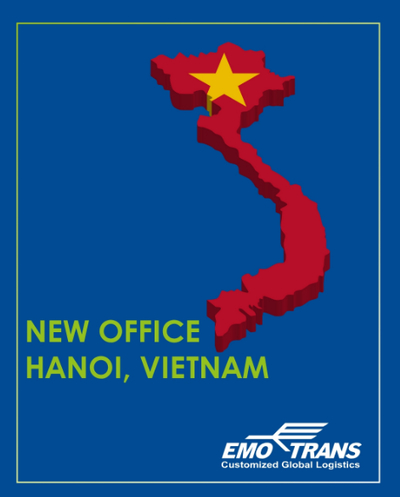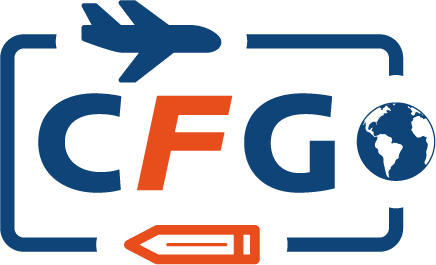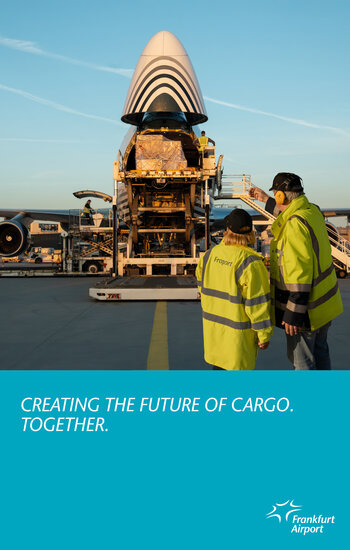The logistics company has opened an office in Hanoi – its second in Vietnam after Ho Chi Minh City. Management speaks of very favorable business conditions since Northern Vietnam has developed into an industrial hotspot lately. Top companies have settled there, producing electronics, chips, computers, and accessories, among other high-tech items. Hence, an attractive location for logistics service providers.

The FDI ranking is: first Singapore…
The who’s who of renowned companies is led by Sembcorp, Foxconn, Samsung, Bosch, and Canon, who have set up production plants in Hanoi or the surrounding region. The list of foreign funders is headed by companies from Singapore which invested USD 10.2 billion last year in the greater Hanoi region. This represents an increase of over 30% compared to 2023 levels.
… followed by South Korea…
South Korean investors such as LG, Samsung, and Amkor, take second place. Together, Korean companies have turned Vietnam, and especially the northern part of the country, into a powerhouse for electronic products. Samsung alone produces 50% of its smartphones in Vietnam. By the end of 2024, Korean companies had invested over USD 92 billion in more than 10,100 projects in Vietnam, accounting for about 18% of Vietnam’s total registered Foreign Direct Investment (FDI).
.. and rounded up by China
China ranks third among direct investors. Chinese companies accounted for 28.3% of all new foreign projects in Vietnam in 2024. Although Chinese investment currently lags behind Singapore and South Korea in terms of value, the country is exerting an increasingly greater influence on Vietnam’s economy due to its rapid growth and focus on industrial manufacturing. Currently, many Chinese firms are relocating production to the Hanoi area, with geographical proximity to southern China playing a role, enabling easy cross-border flows of goods, notes Tom Bayes, Vice President Asia, EMO Trans. Thanks to its growing GDP, Vietnam continues to post trade surpluses, with the northern part playing an in increasingly important role in exports. According to Bayes, these favorable business conditions are compelling reasons to establish a branch in Hanoi, complementing the existing EMO station in Ho Chi Minh City.
Gateway function
Bayes reports that the export/import ratio for Hanoi is ~60% exports vs. 40% imports. The economic upswing benefits Hanoi’s Noi Bai Intl Airport (HAN), where high-value/time-critical electronics are the main cargo commodity. This is complemented by e-commerce shipments that continue to increase fast. “Air transport is vital for high-tech, pharma, and cross-border e-commerce,” states Tom Bayes.
Air freight is on the rise
In Vietnam, 1.29 million tons of air freight were handled in 2024 (+21% YoY) with double digit growth rates being the norm for years.
Most exports flown by air oversees end up in the U.S., Europe and the wider APAC region (South Korea, Japan, Taiwan, Hong Kong, Australia, and Singapore). Inbound cargo comes primarily from China, South Korea, and Singapore, complemented by machinery, aviation items or maritime components produced in the EU or the U.S. Ocean freight is trucked from Hanoi to the port of Hai Phong for transpacific transport, or to EU destinations such as Rotterdam, Hamburg or Felixstowe. In a nutshell, given the favorable economic conditions in northern Vietnam, EMO’s Hanoi pick seems to make a lot of sense.




